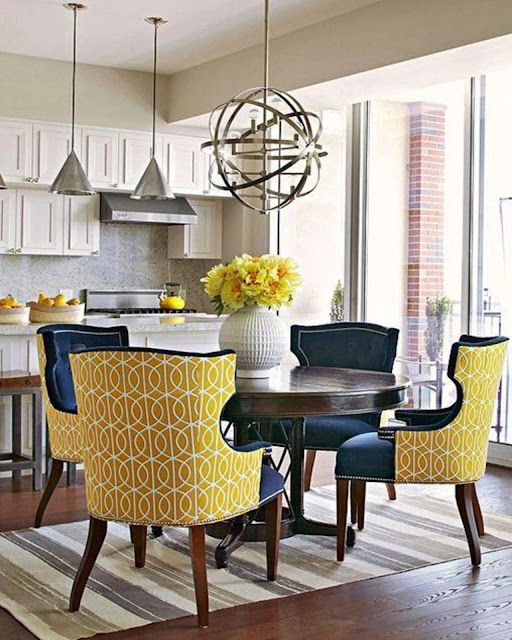Elevating Patient Experience: The Role of Interior Design in Hospitals
In the realm of healthcare, patient experience is paramount. Every aspect of a hospital, from its medical equipment to its physical layout, plays a crucial role in shaping how patients and their families perceive their journey through illness and recovery. Among these elements, interior design stands out as a powerful tool for creating spaces that promote healing, comfort, and well-being.
When we think about interior design in hospitals, the image that often comes to mind is one of sterile, clinical environments. However, modern healthcare design has evolved significantly in recent years, moving away from this utilitarian approach to embrace principles that prioritize both functionality and aesthetics. Let’s explore how thoughtful interior design can transform hospital spaces into havens of healing.
Creating a Welcoming Environment
Entering a hospital can be a daunting experience for patients and visitors alike. Long corridors, harsh lighting, and uniform spaces can exacerbate feelings of anxiety and stress. This is where interior design plays a crucial role in setting the tone for the overall experience.
By incorporating elements of biophilic design, such as natural light, greenery, and views of nature, hospitals can create environments that feel more welcoming and calming. Soft, neutral color palettes and comfortable furnishings further contribute to a sense of warmth and tranquility, helping to alleviate some of the inherent tensions associated with medical settings.
Enhancing Patient Comfort and Privacy
In addition to aesthetics, interior design also influences practical aspects of patient care, such as comfort and privacy. Thoughtfully designed patient rooms can optimize space for both medical equipment and personal belongings, while also providing areas for family members to stay overnight.
Privacy is another critical consideration in hospital design. From soundproofing measures to strategically placed curtains or partitions, designers must find ways to balance the need for privacy with the necessity of maintaining visibility for medical staff.
Supporting Healing and Recovery
Beyond mere aesthetics, interior design can actively contribute to the healing process. Evidence-based design principles suggest that elements such as artwork, natural materials, and access to outdoor spaces can have a positive impact on patient outcomes.
Art installations, for example, can serve as points of interest and distraction, reducing feelings of pain and anxiety. Meanwhile, spaces designed for relaxation and meditation offer patients opportunities for introspection and stress relief.
Fostering a Positive Work Environment
It’s not just patients who benefit from thoughtful interior design — hospital staff also reap the rewards. By creating environments that are conducive to collaboration, concentration, and well-being, designers can support healthcare professionals in delivering the best possible care.
Ergonomic workstations, designated break areas, and ample natural light can all contribute to a more positive work environment, boosting staff morale and productivity in the process.
Conclusion
In the complex ecosystem of healthcare, interior design plays a multifaceted role, impacting everything from patient comfort to staff satisfaction. By prioritizing principles of healing, comfort, and functionality, designers have the power to transform hospital spaces into environments that promote well-being and recovery.
As the healthcare industry continues to evolve, so too must our approach to hospital design. By embracing innovative strategies and evidence-based practices, we can create spaces that not only meet the needs of patients and staff but also elevate the standard of care for years to come.

Comments
Post a Comment